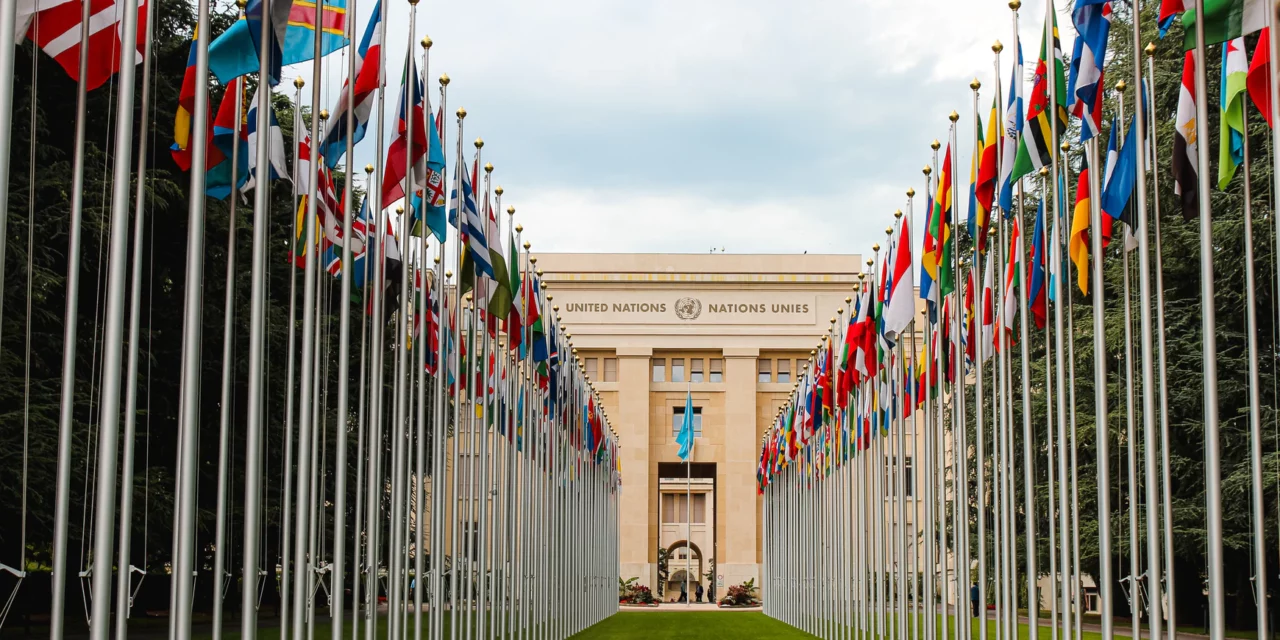The passing away of John Ruggie has been a recent topic in the news. Ruggie played an important role in drafting of the well-known UN Guiding Principles on Business and Human Rights. This has led many to call these principles (deservedly) the Ruggie Principles. Reflecting on his life on his life, the author of this article has decided to critically appraise his work. It is important to note that this is not done from the perspective of dismissing the importance of Ruggie’s Principles altogether. Nevertheless, uncertainty remains regarding the efficacy of the Ruggie Principles.
For the past half-century, international human rights law has struggled to address the wicked problem whether corporations are to be held accountable for human rights violations through mandatory or voluntary measures. John Ruggie stated that the United Nations Guiding Principles on Business and Human Rights (UNGPs), which propose a combination of a state’s adherence to its current human rights obligations under international law as well as corporate self-regulation, enable international law to move beyond this mandatory-voluntary stalemate.[1] Relying on two authors- Bilchitz en Nolan, this article disagrees and argues that the UNGP’s provide an inadequate framework for holding corporations liable. Rather, a business and human rights treaty is more suitable to address corporate human rights violations.
Bilchitz’s article advances four arguments for adopting a Business and Human Rights Treaty and, in doing so, rejects Ruggie’s UNGPs. First, Bilchitz argues that a treaty could effectively impose binding fundamental rights obligations upon businesses rather than ineffective self-regulation.[2] Second, a treaty would foster global norm development by defining common positive and negative human rights obligations for businesses.[3] Third, while the UNGP’s soft law is subordinated to commercial law, a treaty would impede other competing obligations under international law from trumping this fundamental rights treaty due to the equal or superior status that treaty obligations enjoy under international law.[4] Finally, a treaty would most effectively address the challenges that victims of corporate human rights violations have in accessing remedies by providing an international mechanism that can effectively adjudicate.[5]
Nolan’s article, in contrast, explains that under pressure of globalization the current state-centered human rights obligations under international law are inadequate.[6] For this reason, a new approach is needed which involves a joint regulatory framework recognizing binding obligations and soft law recommendations under international law for states and businesses to respect, protect, and remedy their human rights obligations.[7] In this sense, consensus among a multiplicity of stakeholders on soft law regulations can ensure that businesses self-regulate. This will enhance protection where hard law at the national and international levels proves inadequate. Thus, Nolan’s argument reaffirms Ruggie’s argument in taking the UNGPs as a starting point for holding businesses liable, but it deviates by stating that there must be a mechanism that legally obliges corporations to respect human rights.
Bilchitz’s article is thorough in its argumentation in favor of a treaty. This article endorses the convincing arguments that binding treaty obligations for corporations are essential to preventing global human rights violations. Additionally, Bilchitz attributes adequate attention to rebutting Ruggie’s arguments against a Business and Human Rights Treaty.[8]Although from Ruggie’s perspective, Bilchitz could be critiqued for adhering to the mandatory-voluntary divide in only addressing the importance of mandatory rules. This could be refuted by stating that the mandatory-voluntary divide is a legitimate debate in which mandatory rules are essential to ensure that businesses comply with their human rights obligations. Moreover, Ruggie’s argument to move past the mandatory-voluntary divide and using international law as carefully crafted precisions tools negates the fundamental role that treaties have had in resolving previous international problems.
Nolan moves beyond the UNGPs by arguing that its broadly framed principles must be refined.[9] However, Nolan’s argument still remains rather vague regarding the interplay between hard or soft law. He describes it as an occasional “foray” by states to ensure businesses respect international human rights standards along with the growing importance of social expectations towards corporations.[10] Additionally, Nolan predominantly agrees with Ruggie that soft law initiatives must be further developed to prevent corporate human rights violations. However, this is short-sighted as soft law does not offer the clarity, access to remedy, and hierarchy which a Business and Human Rights Treaty offers. Nevertheless, it is remarkable that Nolan recognizes that the UNGPs were inadequate in addressing the misalignments between corporations and human rights by stating that binding obligations upon corporations are necessary.[11]
In conclusion, this article argued that Ruggie’s UNGPs and his stance on the mandatory-voluntary divide proved inadequate in offering a solution to address the wicked problem of aligning business with human rights. Bilchitz’s article, in contrast, proposed a Business and Human Rights Treaty as a solution to effectively establish a hierarchy in obligations, ensure access to remedy for victims, and ensure clarity in the content of the human rights obligations. Moreover, Nolan affirms that legally binding obligations upon businesses are essential to addressing this wicked problem. For these reasons, a comprehensive framework of mandatory rules laid down in a treaty is necessary to ensure that corporations respect the fundamental rights of humans.
[1] J. Ruggie, Just Business (New York: W.W.Norton & Company, 2013) 125.
[2] D. Bilchitz ´The Necessity for a Business and Human Rights Treaty’ (2016) 1 Business and Human Right Journal 203, 205.
[3] Ibid. 210.
[4] Ibid. 214.
[5] Ibid. 216.
[6] Justine Nolan, ‘Mapping the Movement’ in Dorothee Baumann-Pauly & Justine Noland (eds), Business and Human Rights: From Principles to Practice (Routledge UK, 2016) 1.
[7] Ibid. 18.
[8] Bilchitz (n 2) 220.
[9] Nolan (n 6) 14.
[10] Ibid. 18.
[11] Ibid. 15.








